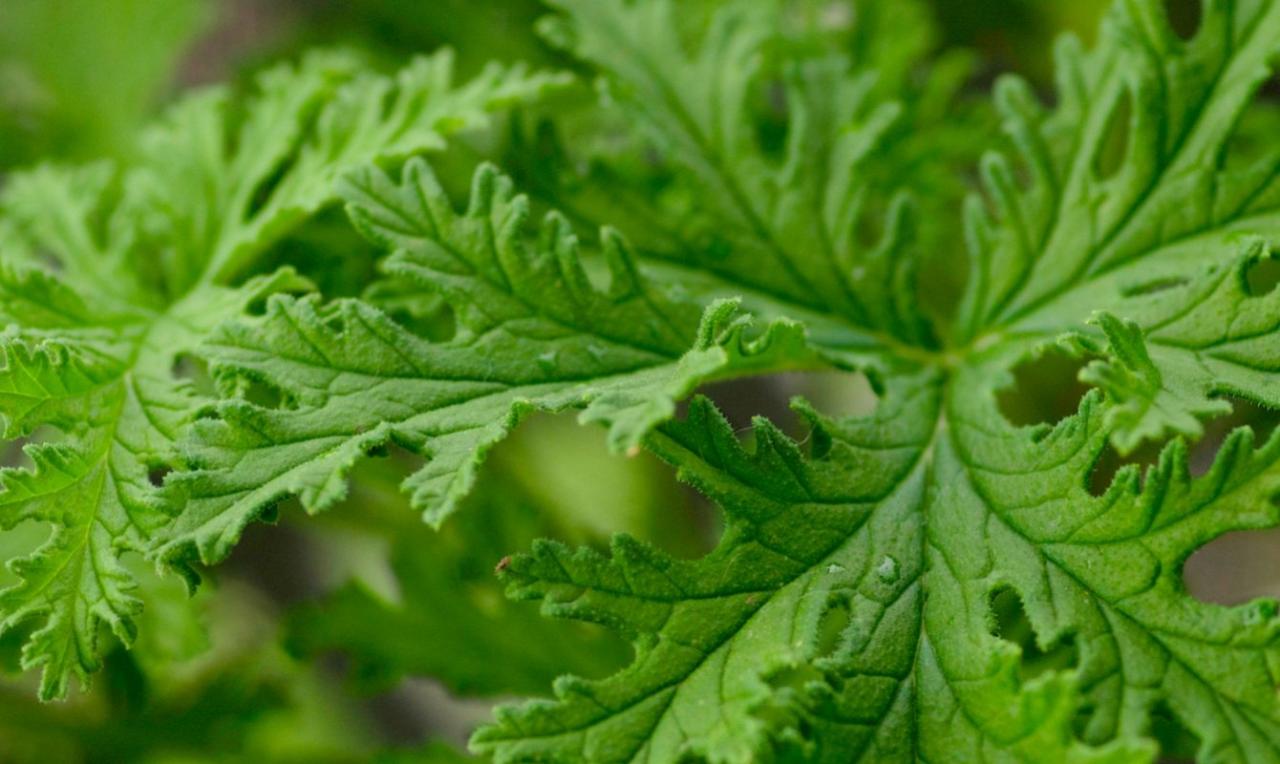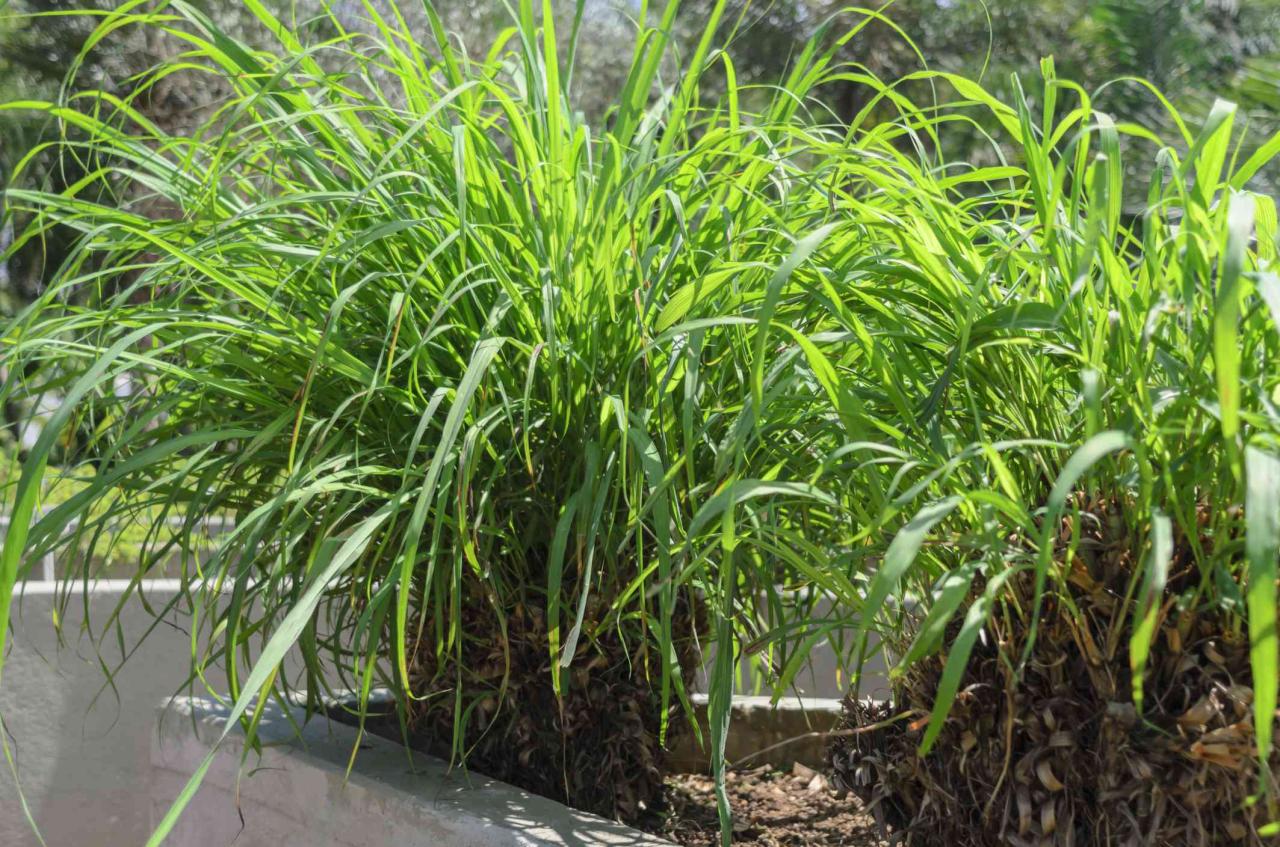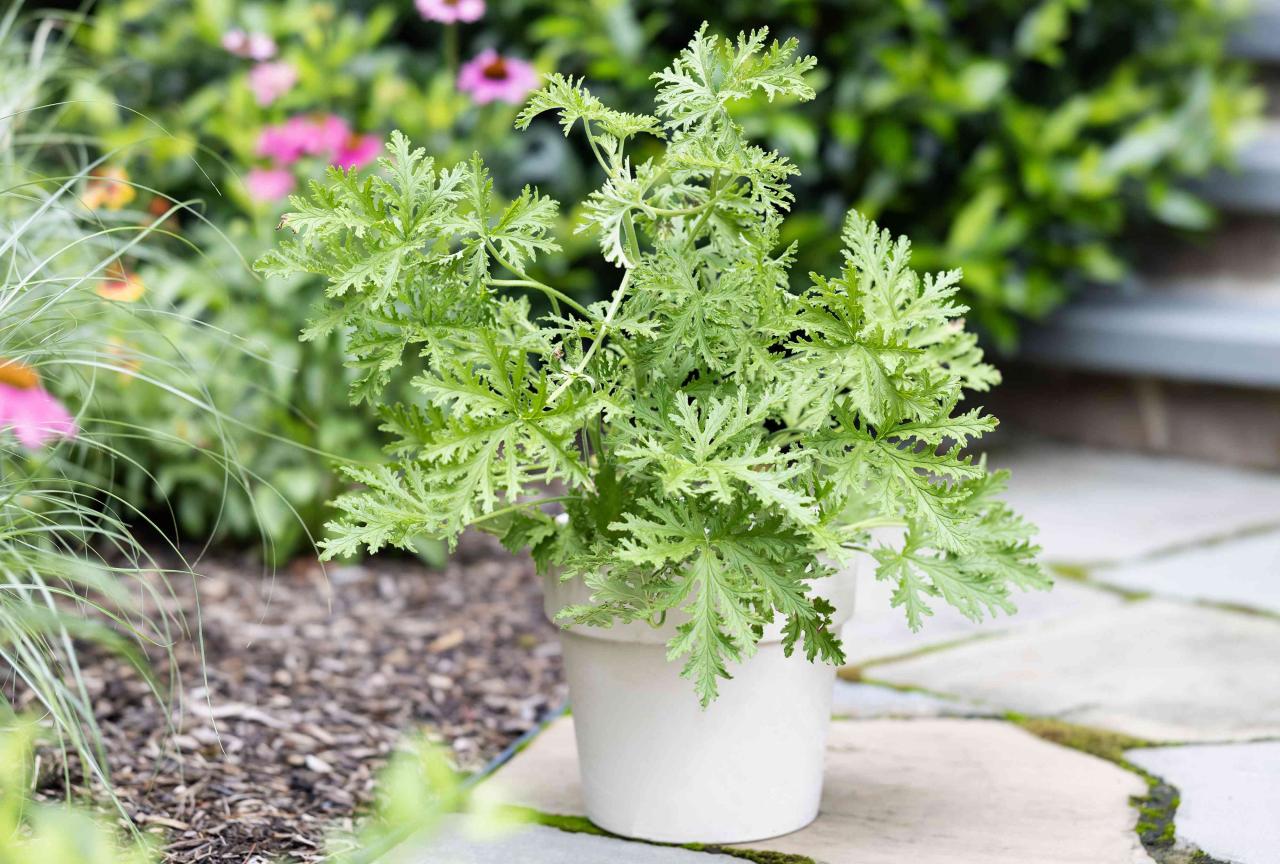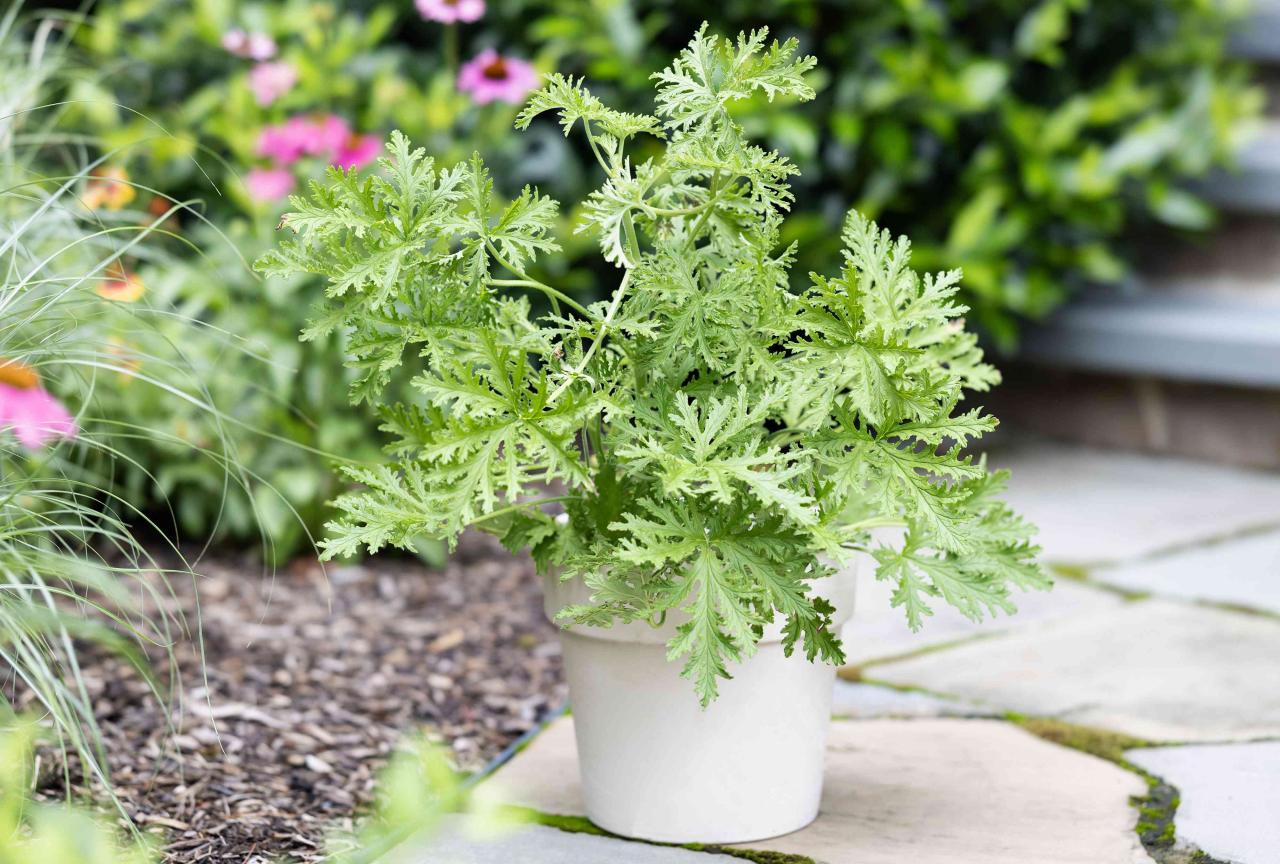Discover the Best Practices for Growing Citronella Plant: A Guide to Effective Pest Control, is a comprehensive guide to help you harness the power of citronella for natural pest control. From its origins in Southeast Asia to its remarkable ability to repel insects, citronella has long been prized for its pest-repelling properties.
Whether you’re looking to keep mosquitos at bay during a summer barbecue or protect your garden from pesky flies, citronella offers a natural and effective solution.
This guide delves into every aspect of growing citronella, from selecting the right location and soil to providing the essential care practices that ensure healthy growth. You’ll learn about the optimal planting methods, watering techniques, and fertilization strategies to cultivate vibrant citronella plants.
Additionally, we’ll explore the various ways you can utilize citronella for pest control, including the extraction of citronella oil, the creation of homemade sprays and candles, and the strategic placement of citronella plants around your home and garden.
Introduction to Citronella Plant

The citronella plant, scientifically known asCymbopogon nardus*, is a fragrant grass native to Southeast Asia, specifically Sri Lanka and Indonesia. It has a rich history dating back centuries, with its essential oil being used for various purposes, including traditional medicine, religious ceremonies, and perfumery.The citronella plant is renowned for its distinct lemony-citrus scent, which is attributed to the presence of citronellal and geraniol, two primary components of its essential oil.
These compounds are naturally repellent to insects, particularly mosquitoes, making the plant an effective and natural pest control solution.
Benefits of Cultivating Citronella for Pest Control
Cultivating citronella plants offers numerous benefits for pest control.
- Natural and Eco-Friendly:Citronella plants provide a safe and environmentally friendly alternative to synthetic pesticides, which can harm beneficial insects and pollute the environment.
- Effective Mosquito Repellent:The plant’s potent aroma effectively repels mosquitoes, reducing the risk of bites and the transmission of mosquito-borne diseases like malaria and dengue fever.
- Versatile Application:Citronella plants can be grown in containers, gardens, or even as a border around patios and decks, offering widespread protection from pests.
- Aesthetic Appeal:The plant’s attractive foliage and fragrant flowers enhance the beauty of any landscape.
Planting and Growing Citronella

Planting and growing citronella is a relatively straightforward process that can be successfully undertaken with the right knowledge and techniques. This section provides a comprehensive guide to help you cultivate healthy and vibrant citronella plants, maximizing their potential for pest control and other benefits.
Choosing the Right Location
The location you choose for your citronella plants is crucial for their growth and health. Citronella thrives in warm, sunny environments and requires at least six hours of direct sunlight per day. Therefore, select a spot in your garden that receives ample sunlight, especially during the hottest part of the day.
Optimal Soil Conditions
Citronella prefers well-drained soil that is rich in organic matter. This type of soil allows for proper aeration and drainage, preventing root rot and ensuring optimal nutrient absorption.
Cultivating a thriving citronella plant not only provides a natural insect repellent but also offers a gateway to exploring the diverse world of culinary herbs. While citronella is known for its pest-repelling properties, its close relative, the kaffir lime leaf, is a culinary gem.
Discover how to infuse your dishes with the unique citrusy flavor of kaffir lime leaf with our comprehensive guide, Transform Your Recipes with Kaffir Lime Leaf: Essential Guide for Home Chefs , and then return to our citronella guide to create a fragrant and pest-free environment in your garden.
- Soil pH:Citronella prefers slightly acidic to neutral soil with a pH range of 6.0 to 7.0. You can test your soil’s pH using a home testing kit available at most garden centers.
- Soil Preparation:Before planting, amend your soil with compost or other organic matter to improve drainage and fertility. This will help create a favorable environment for your citronella plants to thrive.
Planting Methods, Discover the Best Practices for Growing Citronella Plant: A Guide to Effective Pest Control
Citronella can be propagated through seeds or cuttings. Both methods offer advantages and disadvantages, and the choice ultimately depends on your preferences and available resources.
Planting Citronella Seeds
- Starting Seeds Indoors:Start citronella seeds indoors about 6-8 weeks before the last frost in your area. Use seed trays or pots filled with a seed-starting mix and place the seeds about 1/4 inch deep. Keep the soil moist and warm, and provide adequate light.
Once the seedlings have developed a few true leaves, you can transplant them outdoors.
- Direct Sowing:You can also sow citronella seeds directly outdoors after the last frost. Choose a sunny location and prepare the soil as described above. Sow the seeds about 1/4 inch deep and space them 12-18 inches apart. Keep the soil moist until germination occurs.
Planting Citronella Cuttings
- Taking Cuttings:Cuttings should be taken from healthy, mature citronella plants during the growing season. Select stems that are about 6-8 inches long and have at least two sets of leaves. Remove the bottom set of leaves and dip the cut end in rooting hormone.
Discover the Best Practices for Growing Citronella Plant: A Guide to Effective Pest Control. This guide delves into the art of cultivating this powerful bug repellent, covering everything from optimal planting conditions to proper maintenance. For a comprehensive understanding of the citronella plant, including its growth habits and care requirements, be sure to check out our in-depth article, Citronella Plant 101: How to Grow and Maintain This Powerful Bug Repellent.
Armed with this knowledge, you’ll be well-equipped to effectively utilize citronella plants as a natural pest control solution in your garden or home.
- Rooting Cuttings:Plant the cuttings in a pot filled with a rooting mix and keep the soil moist. Place the pot in a warm, bright location, but out of direct sunlight. After a few weeks, the cuttings should start to develop roots.
Once the roots are established, you can transplant the cuttings outdoors.
Essential Care Practices for Citronella

Providing the right care for your citronella plant is crucial for its healthy growth and pest-repelling capabilities. Consistent attention to watering, nutrition, and sunlight exposure will ensure your citronella thrives and effectively deters unwanted insects.
Watering Techniques for Optimal Moisture Levels
Maintaining consistent moisture levels is essential for citronella growth. Overwatering can lead to root rot, while underwatering can stunt growth. The ideal approach is to allow the top inch of soil to dry out between waterings.
- Deep watering:When watering, thoroughly soak the soil until water drains from the drainage holes. This ensures the roots are adequately hydrated.
- Frequency:The frequency of watering depends on factors such as climate, soil type, and pot size. During hot weather, watering may be required every 2-3 days, while during cooler months, once a week might suffice.
- Avoid overwatering:Excess water can lead to root rot, a common problem in citronella plants. Check the soil moisture before watering to prevent oversaturation.
Essential Nutrients and Fertilizers for Healthy Growth
Citronella plants require a balanced diet of essential nutrients for optimal growth. Fertilizing regularly provides the necessary nutrients to support strong foliage and pest-repelling properties.
- Balanced fertilizer:A balanced fertilizer with a ratio of 10-10-10 or 20-20-20 provides a good balance of nitrogen, phosphorus, and potassium, essential for overall plant health.
- Organic fertilizers:Organic fertilizers, such as compost, manure, or fish emulsion, are excellent options for citronella as they release nutrients gradually and improve soil structure.
- Frequency:Fertilize your citronella plant every 4-6 weeks during the growing season (spring and summer). Reduce fertilization during the dormant period (fall and winter).
Sunlight Exposure and Protection from Harsh Conditions
Citronella plants thrive in full sun, receiving at least 6 hours of direct sunlight daily. However, excessive heat and direct sunlight can scorch the leaves.
- Optimal sunlight:Aim for a location that receives at least 6 hours of direct sunlight daily, preferably in the morning or late afternoon when the sun is less intense.
- Protection from harsh conditions:During the hottest part of the day, provide shade to prevent leaf scorch. Consider using a shade cloth or relocating the plant to a partially shaded area.
- Winter protection:In colder climates, citronella may require winter protection. Bring the plant indoors or cover it with frost-resistant fabric to prevent damage from freezing temperatures.
Effective Pest Control with Citronella
Citronella plants are known for their powerful insect-repelling properties, making them a natural and effective way to combat pesky insects like mosquitoes and flies. The plant’s distinctive scent, derived from its essential oil, acts as a natural deterrent, disrupting the insects’ ability to locate their hosts.
Using Citronella Plants for Pest Control
To maximize the effectiveness of citronella plants for pest control, consider strategic placement. Position them near areas where insects tend to congregate, such as patios, doorways, and windows. Planting citronella in containers allows for easy relocation as needed.
Extracting Citronella Oil for Pest Control
Citronella oil is the most concentrated form of the plant’s insect-repelling properties. There are various methods for extracting citronella oil, each with its own advantages and disadvantages:
- Steam Distillation:This is the most common and effective method, involving heating the plant material with steam to release the essential oil. The oil is then collected and condensed.
- Solvent Extraction:This method uses a solvent to extract the oil from the plant material. While it can be more efficient, it may leave traces of the solvent in the final product.
- Cold Pressing:This method involves pressing the plant material to extract the oil. It is a gentler method but yields a lower amount of oil.
Method |
Advantages |
Disadvantages |
|---|---|---|
Steam Distillation |
High quality oil, pure and natural |
Time-consuming, requires specialized equipment |
Solvent Extraction |
Faster, more efficient |
May leave solvent residue, potentially harmful |
Cold Pressing |
Gentle, minimal processing |
Low oil yield, less concentrated |
Using Citronella Candles, Sprays, and DIY Solutions
Citronella oil is commonly used in various DIY pest control solutions.
- Citronella Candles:Burning citronella candles releases the oil’s scent into the air, creating a repellent barrier against mosquitoes and other insects.
- Citronella Sprays:Mixing citronella oil with water and a mild soap creates a natural insect repellent spray.
- DIY Citronella Repellent:Combining citronella oil with other essential oils, such as lemongrass or peppermint, can create a more potent and aromatic insect repellent.
Note:Always dilute citronella oil before using it on skin or in DIY solutions. Undiluted oil can cause skin irritation.
Troubleshooting and Common Issues: Discover The Best Practices For Growing Citronella Plant: A Guide To Effective Pest Control
While citronella plants are generally hardy and easy to grow, they can sometimes be susceptible to certain diseases and pests. By understanding these potential challenges, you can proactively prevent and address them, ensuring healthy and thriving citronella plants.
Common Diseases and Pests
Citronella plants are generally resilient to diseases and pests. However, certain conditions can make them vulnerable. Here are some common issues:
Fungal Diseases
- Leaf Spot:This fungal disease appears as brown or black spots on leaves, which can eventually lead to leaf drop. It is usually caused by excessive humidity and poor air circulation.
- Root Rot:This fungal disease occurs when the soil is constantly wet, causing the roots to decay. Overwatering and poor drainage are the main culprits.
Pests
- Aphids:These small, soft-bodied insects feed on plant sap, causing stunted growth and leaf curling. They are often attracted to new growth.
- Spider Mites:These tiny mites can cause yellowing and stippling of leaves. They thrive in hot, dry conditions.
Preventing and Managing Diseases and Pests
Here are some effective measures to prevent and manage common citronella plant issues:
Fungal Diseases
- Proper Watering:Water deeply but infrequently, allowing the soil to dry slightly between waterings. Avoid overwatering, which can lead to root rot.
- Good Drainage:Ensure your planting medium has good drainage to prevent waterlogging. Consider adding a layer of gravel or pebbles to the bottom of pots.
- Air Circulation:Provide adequate air circulation around your plants by spacing them appropriately and avoiding overcrowding. This helps prevent fungal spores from spreading.
- Remove Infected Parts:Immediately remove any diseased leaves or stems to prevent the spread of fungal diseases. Dispose of infected plant material properly.
- Fungicides:If fungal infections persist, consider using a copper-based fungicide as a last resort. Follow the manufacturer’s instructions carefully.
Pests
- Neem Oil:This natural insecticide is effective against aphids and other soft-bodied insects. Dilute neem oil with water according to the product label and spray the affected areas thoroughly.
- Insecticidal Soap:This soap-based solution works by suffocating insects. Apply it directly to the affected areas, paying attention to the underside of leaves where pests may hide.
- Ladybugs:These beneficial insects are natural predators of aphids. Introduce them to your garden to help control aphid populations.
- Water Spray:A strong jet of water can dislodge aphids and spider mites from plants. Repeat this process as needed.
- Monitor Regularly:Inspect your plants regularly for signs of pests or diseases. Early detection allows for quicker intervention and reduces the severity of problems.
Outcome Summary
Growing citronella is a rewarding experience that offers both beauty and functionality. By following the best practices Artikeld in this guide, you can cultivate thriving citronella plants that not only enhance your landscape but also provide natural protection against unwanted pests.
From understanding the plant’s needs to mastering the art of extracting its essential oil, this guide equips you with the knowledge and tools to enjoy the benefits of citronella for years to come.
Common Queries
What is the best time of year to plant citronella?
The best time to plant citronella is in the spring or early summer after the last frost. This allows the plants to establish themselves before the heat of summer arrives.
Can citronella be grown indoors?
Yes, citronella can be grown indoors in a sunny location. However, it may require additional humidity to thrive.
How often should I water my citronella plant?
Citronella plants prefer moist soil but do not tolerate waterlogging. Water them deeply but infrequently, allowing the top inch of soil to dry out between waterings.
Can I use citronella oil directly on my skin?
It is not recommended to use undiluted citronella oil directly on your skin as it can be irritating. It is best to dilute it with a carrier oil like coconut oil or almond oil before applying it topically.
